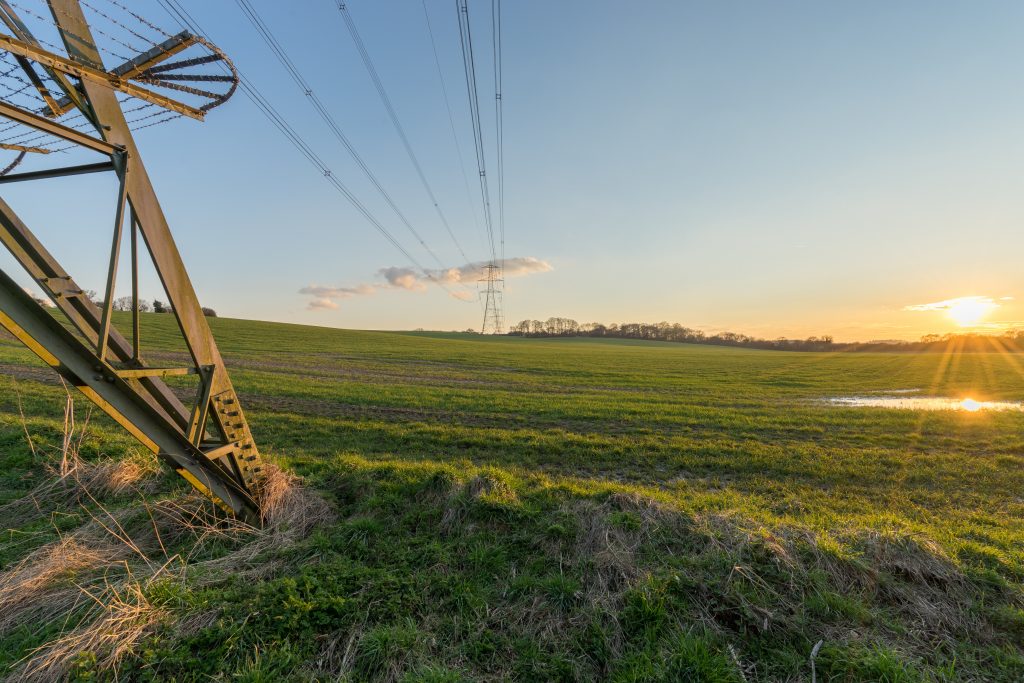by Dr Iain Staffell – Imperial College London
The 2020s are billed as the ten years we have to save the climate. What might they have in store for Britain’s power system?
The old saying goes that predictions are difficult, especially if they’re about the future. However, several aspects of the coming decade’s transition are already baked in through investment and retirement decisions. So, can we already say whether or not the rapid changes of the 2010s will continue or not?
Coal phase-out is pretty much certain, and is being actively implemented by government. The last coal power station should have switched off by 2024, but this could happen as early as 2022 according to National Grid 1. This is largely symbolic now that coal provides only 2% of power, but perhaps it would be useful to keep the remaining plants available for times of high system stress. The Beast from the East from back in 2018 could have been catastrophic if not for the 10 GW of coal plant that came online. It is not the capacity, but the energy output which matters to the climate.
Coal-free runs will become longer and more frequent. No coal power stations operated during two-thirds of hours in spring and summer of 2019, up from just over one-third in 2018. This coming spring could potentially see the first ever month completely free from coal generation.
Nuclear output will also decline as every existing reactor except for Sizewell B comes up for retirement. The UK’s only new nuclear reactor (Hinkley Point C) should come online in the second half of the 2020s. Given the extremely long lead times for nuclear new build (planning for this reactor began ten years ago), it is relatively certain that Britain’s nuclear capacity will halve over the coming decade.
The outlook couldn’t be more different for wind power. Offshore wind will grow rapidly during the 2020s, boosted by auctions that have delivered record low prices, and government intentions to reach 40 GW of offshore wind by 2030 (more than quadruple today’s capacity). This direction of travel can be said with relative confidence as several GW-scale projects have already secured financial support or planning permission, but there is wide uncertainty about ultimately how large the wind fleet will grow.
The future for onshore wind and solar power is less clear, as the withdrawal of government support means new investment depends on when (and to what extent) they become profitable on the open market. The first such ‘merchant’ projects are already operating or under construction, but whether this becomes mainstream depends on how quickly technology costs continue to fall and what happens to wholesale prices – both of which are highly uncertain. Growth of onshore wind will be modest (perhaps half the rate of offshore), whereas forecasts for solar power capacity range from almost no increase on today’s levels through to capacity more than doubling by 2030. In either case, solar will remain relatively small, at less than one-tenth of Britain’s annual electricity generation (though a higher share of capacity).
Historic and projected shares of the electricity generation mix, based on National Grid’s Future Energy Scenarios
The role of gas power stations is already changing from bulk electricity production to balancing out variations in wind and solar output. Their future depends largely on how much new wind capacity is developed. Some of the oldest stations will retire during the 2020s, so capacity will decrease slightly unless others are built. The running hours of the remaining capacity will likely fall with each passing year, but it is impossible to say by how much – reflected in the wide uncertainty in the charts below. The big unknown is when we see the transition from zero-coal to the first ever zero-fossil hours.
The other driver of uncertainty is Britain’s trade balance with other countries. Several new interconnectors will be built over the coming decade, with over 3 GW already under construction. Capacity is expected to grow from 5 GW today to between 10 and 20 GW by 2030, but it is hard to predict whether Britain will remain a net importer, or if these links will have balanced two-way trade (as is seen currently with Ireland). Investment in grid-scale energy storage is one to watch: Britain’s total storage capacity might double or triple over the coming decade. This is highly dependent on how rapidly costs continue to fall, and whether electric vehicles start to be employed as distributed storage through smart charging systems.
Electricity demand may bottom out and then begin growing towards the end of the 2020s, or it may continue its gradual decline. This depends largely on uptake of electric vehicles and long-term energy storage (such as hydrogen). These ‘new’ sources of demand could form anything from 1% to 10% of total electricity demand by 2030, and represent one of the biggest sources of uncertainty on the system’s future.
With demand changing in nature and more than half of supply coming from weather-dependent renewables, the “minimum headroom” on the system will likely hit zero in the next 2–3 years. System operability will undoubtedly become more difficult in the years to come, and National Grid anticipate being ready for periods of zero-carbon generation by 2025.
Historic and projected shares of the electricity generation mix, based on National Grid’s Future Energy Scenarios
1: Possible future trajectories for the electricity supply mix were taken from National Grid’s four Future Energy Scenarios.
2: Demand minus output from weather-driven renewables and inflexible nuclear (i.e. supply from flexible and dispatchable sources).
